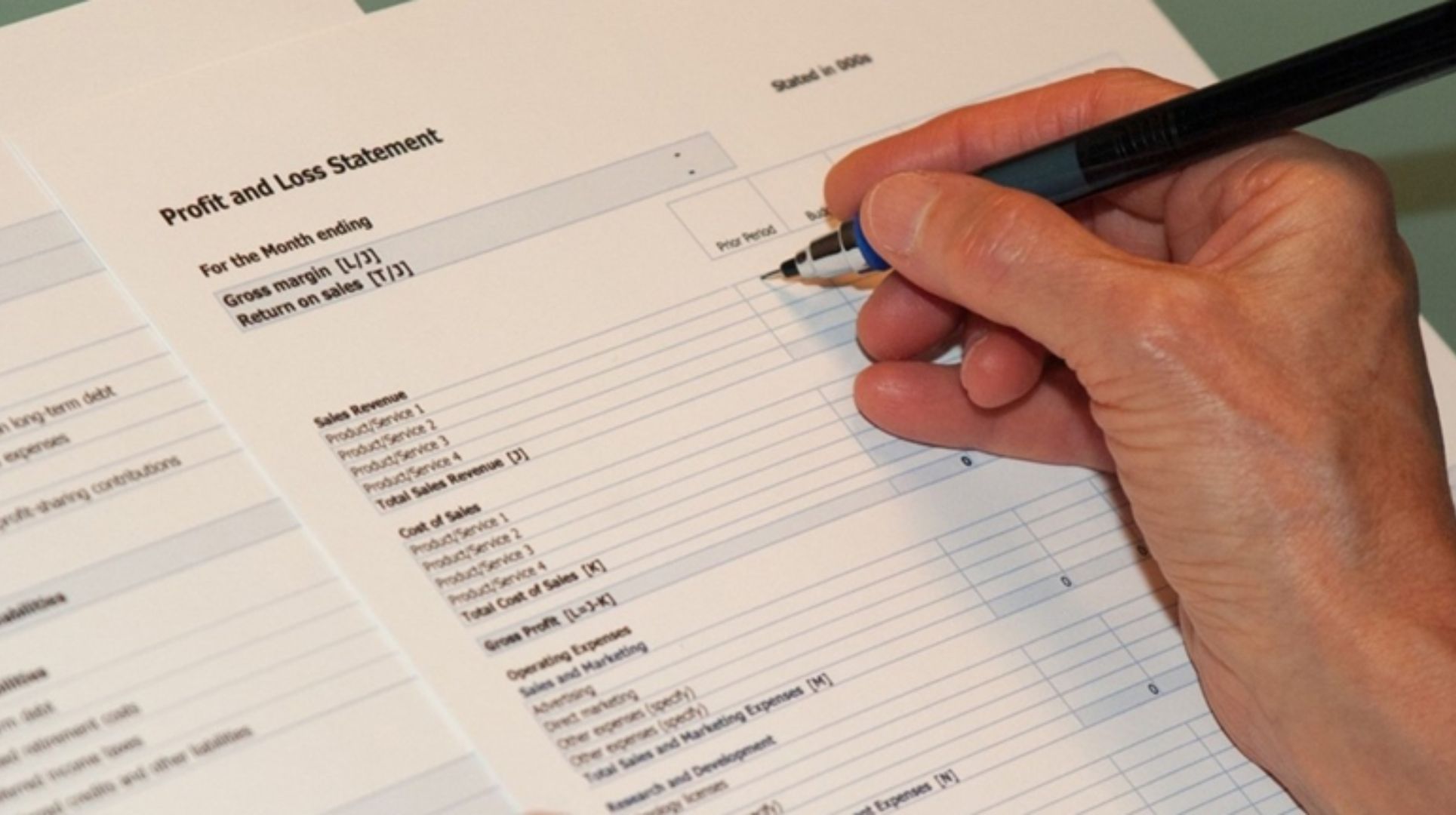Deciphering Bank Statements: Unraveling Your Financial Trail

A bank statement is a crucial document that provides a detailed record of your financial transactions over a specific period, typically a month. It serves as a comprehensive summary of all the money flowing in and out of your account, enabling you to track your spending, identify potential errors or fraudulent activities, and make informed financial decisions. In this article, we will delve into the importance of bank statements, explore the key components of a sample bank statement, and discuss strategies for effectively managing your financial activity using this valuable tool.
What is a Bank Statement?
A bank statement, also known as a statement of account, is a periodic report generated by your bank or financial institution that outlines all the transactions associated with your account. This document includes details such as the opening and closing balances, deposits, withdrawals, fees, and interest earned or charged. By reviewing your bank statement regularly, you can gain a clear understanding of your financial activity and ensure the accuracy of your account records.
Key Components of a Bank Statement
A typical bank statement includes the following essential components:
- Account Information: This section displays your account number, the account holder’s name, and the statement period covered.
- Transaction Details: Here, you will find a chronological list of all the transactions made during the statement period, including the date, description, amount, and running balance.
- Deposits and Credits: This category shows all the money that has been added to your account, such as paychecks, transfers, or interest earned.
- Withdrawals and Debits: This section lists all the money that has been deducted from your account, including checks, debit card purchases, and fees.
- Fees and Charges: This category outlines any fees or charges associated with your account, such as monthly maintenance fees, overdraft fees, or ATM fees.
- Interest Earned: If applicable, this section shows the interest earned on your account balance during the statement period.
- Opening and Closing Balances: The opening balance is the amount in your account at the beginning of the statement period, while the closing balance is the amount at the end of the period.
Importance of Bank Statements
Bank statements are essential for several reasons:
- Tracking Expenses: By reviewing your bank statement regularly, you can monitor your spending habits and identify areas where you may need to adjust your budget.
- Identifying Errors: Bank statements help you detect any unauthorized transactions or errors made by your bank, allowing you to address them promptly and avoid potential financial consequences.
- Preventing Fraud: Regularly checking your bank statement can help you identify and report any suspicious activities or fraudulent transactions, protecting your financial well-being.
- Financial Planning: Bank statements provide valuable insights into your income and expenses, enabling you to make informed financial decisions and plan for the future.
- Tax Preparation: Your bank statement can serve as a useful reference when filing your taxes, as it records your interest earned and other relevant financial information.
Managing Your Financial Activity with Bank Statements
To effectively manage your financial activity using bank statements, consider the following strategies:
- Review Your Statement Regularly: Make it a habit to review your bank statement as soon as you receive it, either online or by mail.
- Reconcile Your Account: Compare your bank statement with your own records, such as receipts and checkbook registers, to ensure that all transactions are accurate and accounted for.
- Report Errors or Suspicious Activity: If you notice any discrepancies or unauthorized transactions, contact your bank immediately to report the issue and initiate the necessary steps to resolve it.
- Keep Your Statements Safe: Store your bank statements securely, either in physical or digital form, as they may be required for tax purposes or other financial matters.
- Utilize Online Banking: Many banks offer online banking services that allow you to access your account information, view your statements, and monitor your transactions in real-time.
The different types of bank statements include:
- Paper Bank Statements: Traditional paper statements are sent by courier to a customer’s residential address, providing a physical record of account activities.
- Electronic Bank Statements (E-Statements): Electronic statements can be accessed online through the official website of a bank if a customer has opted for Internet banking services. These statements are usually available for downloading or printing.
Bank statements provide a detailed record of your financial transactions over a specific period, enabling you to track spending, identify errors/fraud, and make informed decisions. Key purposes include expense tracking, error identification, fraud prevention, financial planning, and tax preparation.
A typical sample of bank statements includes account info, transaction details, deposits/credits, withdrawals/debits, fees/charges, interest earned, and opening/closing balances.
To effectively manage financial activity using bank statements:
- Review statements regularly, online or by mail
- Reconcile account records to ensure accuracy
- Report errors/suspicious activity to your bank promptly
- Store statements securely for tax/financial purposes
- Utilize online banking for real-time account monitoring
Understanding the statement of account bank is crucial for financial health. Regularly reviewing statements and implementing effective management strategies enables better financial control, informed decisions, and protection from errors/fraud. Regularly reviewing statements is a powerful step towards financial stability and success.
Both paper and electronic bank statements serve the same purpose of providing a detailed summary of account transactions, including deposits, withdrawals, transfers, checks cleared, and fees incurred. These statements are essential for monitoring cash flow, tracking spending habits, and identifying any fraudulent transactions.
Conclusion
Understanding my bank statement is crucial for maintaining a healthy financial life. By familiarizing yourself with the key components of a bank statement and implementing effective strategies for managing your financial activity, you can gain better control over your finances, make informed decisions, and protect yourself from potential errors or fraudulent activities. Remember, regularly reviewing your bank statement is a simple yet powerful step towards achieving financial stability and success.




